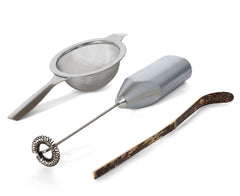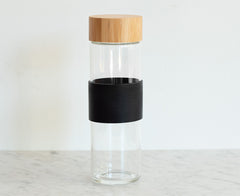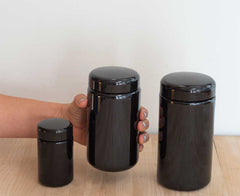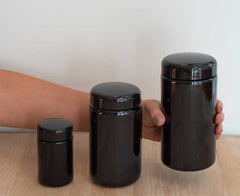The Japanese tea ceremony as it is practiced in Japan can be a thing of beauty. The tradition is roughly 830 years old. Like so many other traditional Japanese arts, the formal study of tea can take decades to “master” and get right, and must be done according to the many and varied rules of the particular school of tea one practices. . Practitioners are expected to learn elaborate choreographies of movement and timing, all done with as much grace as one can muster. Full-on tea sessions, all extensively choreographed, can unfold over two and three hours. One can take the practice very seriously and deeply, and benefit from participating in this ancient and rarefied art/craft form.
And it’s especially poignant and beautiful when practiced at the heart of its origins, which is to say the great zen temples of Kyoto, many of which still to this day offer some sort of tea service with varying degrees of elaborateness. Sipping matcha, even if it’s low quality and poorly made, in the gardens of any of these temples is a sublime, not-to-be-missed experience; don’t pass it up if you find yourself in Kyoto.
But something strange happens when the Japanese way of tea is practiced outside Japan. To the greatest extent possible, environments are created in which the entire ceremony is recreated pretty much in toto from Japan, which means installing tatami mats, selecting appropriate Japanese formal apparel, setting up the tea tools, and dozens of other steps. Very experienced teachers will often relax things a bit, but rarely, it seems, are concessions made to local conditions.
To me it doesn’t make sense to just pick up the whole Japanese tea house and structure, plunk it down elsewhere, and declare victory. In the same way that I prefer my sushi and fish experience to reflect local conditions (I’d much rather eat local squid, halibut, salmon, sand dabs, mackerel, etc. than I would fish flown in straight from Tsukiji, Tokyo’s central fish market, and the largest fish market in the world), I’d like my matcha to reflect local conditions, too.
For me that’s northern California, where we don’t mind relaxing the rules a bit. So we prepare our matcha in cool little creamers and pour it into cool little cups, made with local clays and hand-shaped by a local and brilliant ceramicist. We get better crema using these creamers and an electric handheld whisk, and we like the way these cups feel in our hands, so that’s what we do. We can rather quietly and internally meditate, however briefly, on the beauty and warmth of the tea and clay, and sip it slowly or quickly, depending. There is nothing at stake; we don’t have to uphold an 830-year-old tradition (whew; that can be a lot for a casual tea drinker to carry). We just get this electric green stream of energy and calm into our nervous systems, and it feels really really good.




